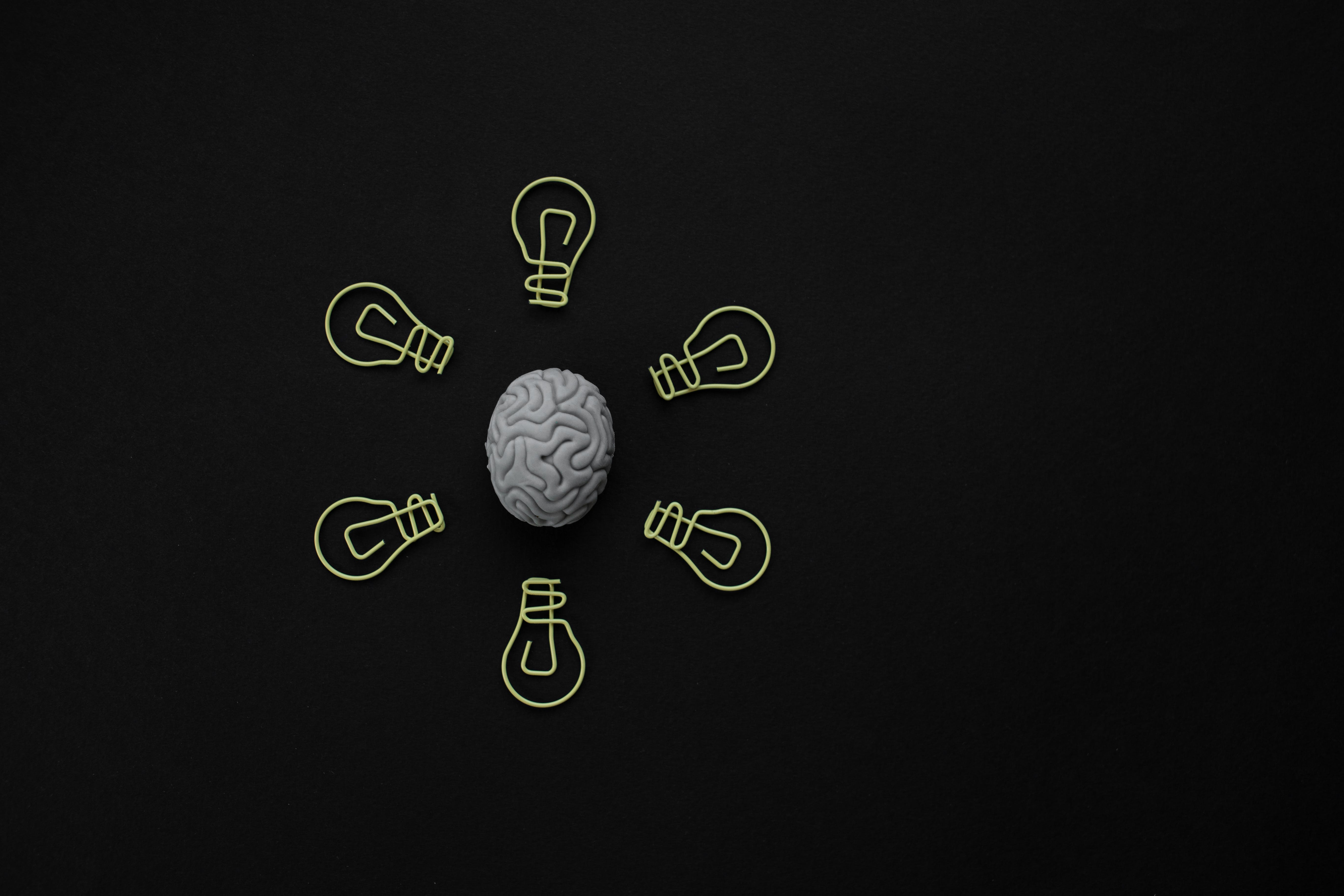
The Science of Memorization and the Human Brain
The human brain is a complex organ possessing an incredible ability to store and recall vast amounts of information. Understanding the science behind memorization has practical applications in various fields, including the art of learning the piano. As a professional pianist and piano teacher in Brooklyn, I’ve studied how humans can more efficiently memorize piano music, and I’d love to share what I’ve learned with you.
This blog post serves as a guide to the science behind memorization, but if you’d like to learn how it applies more deeply to the piano, please get in touch.
How Memory Works in the Brain
The process of memorization involves several areas of the brain, primarily the hippocampus, the neocortex, and the amygdala. The hippocampus plays a crucial role in forming new memories and connecting them to emotions and senses, while the neocortex stores these memories long-term. The amygdala, associated with emotional learning, helps imprint memories more deeply when they are tied to strong emotions.
Memory formation goes through three stages: encoding, storage, and retrieval. Encoding is the process of perceiving information and associating it with existing knowledge and concepts. Storage is the consolidation of this information into the brain’s neural network, and retrieval is the ability to access this information later.
Research in neuroscience suggests that the process of strengthening neural connections, known as synaptic plasticity, is essential for memory formation. A study published in the journal Nature in 2010 found that repetitive activities strengthen these neural connections, making retrieval more efficient.
Types of Memory
There are two primary types of memory: short-term and long-term. Short-term memory, also known as working memory, holds information temporarily for immediate use. In contrast, long-term memory stores information indefinitely. Within long-term memory, there are declarative (explicit) memories, which include facts and events, and procedural (implicit) memories, such as skills and tasks.
Techniques to Enhance Memory
Numerous techniques can enhance memorization. The method of loci, an ancient technique, involves visualizing information in specific physical locations. This method leverages the brain's ability to better remember spatial information and visual imagery.
Another effective technique is spaced repetition, which involves reviewing information at increasing intervals. This method, backed by research published in Psychological Science in 2008, is shown to improve the rate of learning and retention.
Chunking is another strategy where information is broken down into smaller, manageable units or ‘chunks’. This approach reduces cognitive load and makes it easier to process and remember information. This is one of the most common memorization techniques used by piano teachers, and it works for both memorization and learning challenging piano works.
Memorization and Music
The intersection of memorization and music, particularly in learning to play instruments like the piano, is an area of significant interest. Memorizing piano music involves both declarative and procedural memory. Procedural memory helps pianists internalize the physical movements, while declarative memory assists in recalling the sequence of notes and their musical interpretation.
A study in the Journal of Neuroscience revealed that musicians have enhanced auditory and motor network connectivity, indicating that musical training can improve memory and cognitive functions.
Techniques for Memorizing Piano Music
Pianists often use a combination of visual, auditory, and kinesthetic (touch) memories to memorize music. Visually, they may remember the look of the score or the keys. Auditory memory involves recalling the sound of the piece, while kinesthetic memory is about the feel of finger movements on the keyboard.
Segmentation is a key strategy in memorizing piano music. This involves breaking down a piece into smaller sections and practicing them individually before stitching them together. This approach aligns with the chunking method, making complex pieces more manageable.
Mental practice, where pianists visualize playing the piece without actually moving their fingers, can also reinforce memorization. This technique engages the same neural pathways as physical practice, as shown in a study in the Journal of Mental Imagery.
The science of memorization says a great deal regarding the remarkable capabilities of the human brain. Understanding how memory works, the types of memory, and effective techniques to enhance it can have profound implications in various areas of life, including the arts. For pianists, leveraging these insights into the nature of memory can greatly aid in mastering and performing pieces, showing how science and art can lead to amazing results. As research in neuroscience and cognitive psychology continues to evolve, it will undoubtedly offer even more fascinating insights into the wonders of the human brain and memory.
For piano lessons in NYC, or if you’re a professional educator who would like to work with David Chang, please get in touch.





